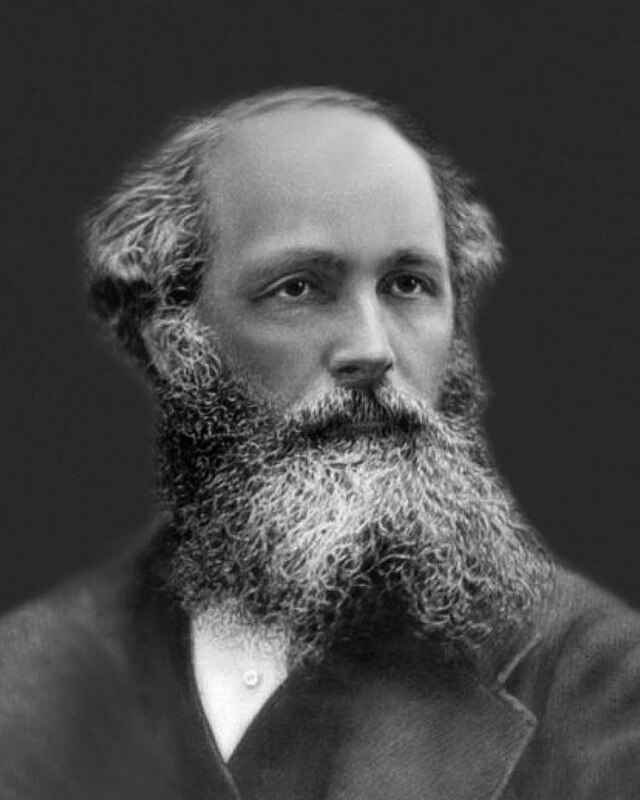The online magnetism simulations on this page allow us to delve deeper into this important quality of some materials. We will discover magnets and the principles of magnetism, as well as the relationship between electricity and magnetism, known as electromagnetism.
What is magnetism
Magnetism is a fundamental property of certain materials that allows them to attract or repel other objects. It is a phenomenon related to the interaction of moving electric charges and is closely linked to electromagnetism, an important branch of physics.
Magnets
Magnets are objects that exhibit magnetic properties. They are the closest and most popularly known manifestation of magnetism. Magnets have two poles, the north pole and the south pole, which have different characteristics and attract each other. When a magnet is brought close to a ferromagnetic material, such as iron or nickel, these materials can become temporarily magnetic and be attracted to the magnet. Around a magnet there is an area called a magnetic field, which is the region where magnetic forces are exerted. Magnetic field lines represent the direction and shape of this field, coming out of the north pole and entering the south pole of the magnet.
Principles of magnetism
The principles of magnetism that explain how it works are found in electrons, negatively charged subatomic particles that orbit around the nucleus of an atom. Moving electrons generate a magnetic field around them. In an atom, electrons pair up and their magnetic fields cancel each other out. However, in certain materials, such as magnets, the electrons do not pair up and their magnetic fields do not cancel, resulting in a net magnetization.
Electricity and magnetism. Electromagnetism
Electricity and magnetism are closely related to the point that they have given rise to a branch of physics called electromagnetism. Electromagnetism is a branch of physics that studies the relationship between electrical and magnetic phenomena, demonstrating that both are closely connected and form part of the same fundamental interaction, the electromagnetic force.
Laws of electromagnetism
The study of magnetism is supported by the laws of electromagnetism, formulated by James Clerk Maxwell in the 19th century. These laws describe the interactions between electric and magnetic fields, and have laid the foundation for the development of modern technologies such as electricity, wireless communications and electronics.
Electromagnets
Magnetism is also related to electricity. Thanks to electricity, magnets can be built, which are called electromagnets. Electric current in a wire generates a magnetic field around the wire. This principle is used in the construction of electromagnets, where a coil of wire wound around a magnetic core becomes magnetic when current passes through it. Electromagnets are widely used in technological applications, such as electric motors, generators, transformers and data storage devices, such as hard disks.
Magnetic fields
A magnetic field is a region of space in which magnetic forces act on magnetic materials and moving charged particles. These fields can be generated by permanent magnets, electric currents, or variations in electric fields. Magnetic field lines are a graphical representation showing the direction and intensity of the field: they run from the north pole to the south pole in a magnet. The density of these lines indicates the strength of the field; the closer they are together, the greater the intensity. The study of magnetic fields is fundamental to understanding the operation of numerous electromagnetic devices such as motors, generators, and transformers, as well as natural phenomena such as the Earth’s magnetic field, which protects the Earth from solar radiation.
Applications of magnetism
Magnetism has a wide range of applications in everyday life and technology. A classic example is navigation: compasses use a magnetized needle that aligns with the Earth’s magnetic field, allowing us to orient ourselves and determine north-south direction, something that has been fundamental to exploration for centuries. Today, this phenomenon is exploited in electric motors and generators, in data storage systems such as hard drives, in medical devices such as magnetic resonance imaging, and in advanced technologies such as magnetic levitation for transportation. Even the Earth’s magnetic field plays a vital role in protecting our planet from solar wind.
In short, these online magnetism simulations are a great tool to go deeper into this important field of physics.
Explore the exciting STEM world with our free, online simulations and accompanying companion courses! With them you'll be able to experience and learn hands-on. Take this opportunity to immerse yourself in virtual experiences while advancing your education - awaken your scientific curiosity and discover all that the STEM world has to offer!
Magnetism simulations
- Charge
- Lines
- Wire I
- Wire II
- Bar
- Electromagnets
- Lab
Magnetic field lines
This simulation shows how the magnetic field lines generated by two interacting magnets look like. See what happens when you rotate the magnets or change the position between them.
Magnetic field of an electric wire I
This simulation shows what the magnetic field generated by an electric current in a wire looks like and how the right-hand rule can be applied to find the direction of the field.
Magnets and electromagnets
Explore the interaction between bar magnets and compasses, and learn how to build an electromagnet using a battery and a wire. Experiment with variables such as magnetic field strength, polarity, and type of magnet.File
Virtual Electromagnetic Laboratory
Delve into electromagnetism and discover key concepts such as electromagnetic induction, magnetic fields, and electric current. This simulation acts as a complete virtual laboratory, allowing you to experiment with a bar magnet and coils to light up a bulb, visualize magnetic field lines and measure current, as well as explore setups with electromagnets, generators, and transformers.
File
Giants of science
“If I have seen further, it is by standing on the shoulders of giants”
Isaac Newton

Michael Faraday
–

James Clerk Maxwell
–
Become a giant


Principles of Modeling, Simulations, and Control for Electric Energy Systems



Principles of Electric Circuits | 电路原理



Electrotechnique I



Electromagnetic Compatibility Essentials



AP® Physics 2: Challenging Concepts



AP® Physics 1 – Part 1: Linear Motion



The Basics of Transport Phenomena



Circuits for Beginners





























